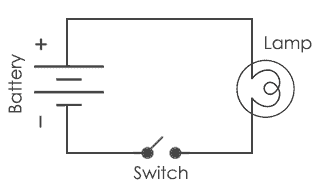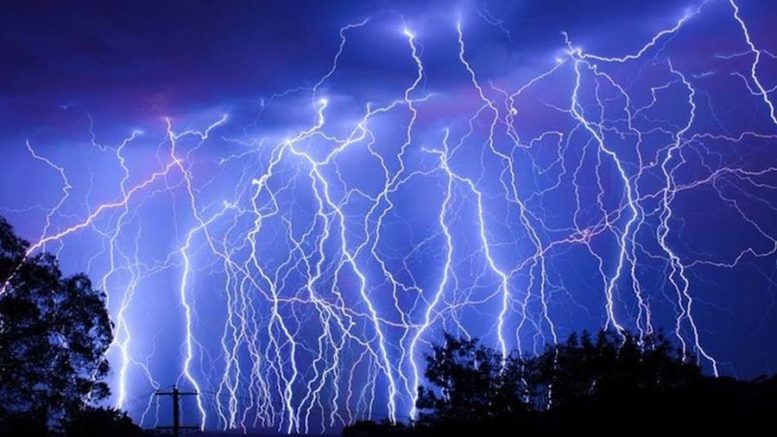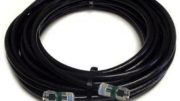We all “kind” of know what a short circuit is. It’s when your electronics go “bffzt” and stop working. Sometimes you even get a little spark, but then your well-earned money is wasted because whatever that is… it’s probably toast. (In fact the spark, the scorch marks, and the smell may be the very origin of the term “it’s toast.”)
But what is a short circuit, really?
It’s this.

Of course unless you’re an electrician that isn’t going to mean a lot to you.
In order to understand how a circuit works (or doesn’t work) you need to realize that electricity flows from place to place. If you plug something in, the current goes from the outlet to the thing… and back. It doesn’t just go one direction. In order for current to flow it has to make a big circle. That circle is called a “circuit.” (The two words are related in some way obviously.)
Let’s use a lamp as an example, because I’m trying to explain this as simply as I can.
Current leaves the outlet and it goes to your lamp. It travels up one of the two copper wire in the lamp’s cord until it gets to a switch. That switch either lets it through (which is what we call a “closed circuit”) or it doesn’t. (We call that an “open circuit.”) In an open circuit, nothing happens. The electricity stops moving. None of it gets to the light bulb.
In a closed circuit, the electricity goes through the switch up to the light bulb. It passes through the light bulb where some of it is converted to light and heat. Not all of it is converted to light and heat, though. Some of it flows back out of the bulb and back down the other wire. From there it goes back into the outlet and joins the other electrical current in your home’s wiring.
In order for a circuit to work there has to be motion.
That’s right. The current has to be constantly moving from one place to the other and then back again. Without that movement there is nothing. Nothing happens.
What about a short circuit?
We tend to say that electricity is “lazy.” Like water, it follows what we call “the path of least resistance.” In the case of water, that would mean it flows downhill and moves left or right depending on how easy it is for the water to flow. In electricity, the term “resistance” is a little more literal.
Every material in the world has a number indicating its resistance. In other words, this number describes how easily current flows through it. Copper has a very low resistance which is why wires are made of copper. Glass has a very high resistance, and so does rubber. These materials are so resistant to electricity that we wrap wires in them so they can be safe for humans to touch. Humans, it turns out, also have fairly low resistance which is why electricity is dangerous to us.
Because electricity is “lazy,” it will flow through the shortest path possible to get back to where it came from. If a wire isn’t insulated right, that path may not be through the wire where it’s supposed to go. If the electricity is able to flow through a shorter path — for example through cells in your body when you touch a bare wire — we call that a a “short circuit.”
Short circuits are dangerous because the electricity flows, out of control, to places where it shouldn’t be. It can cause damage and since it’s not going to the right place, stuff doesn’t work.
That’s the bottom line… short circuits are when electricity goes where it shouldn’t and doesn’t go where it should.




